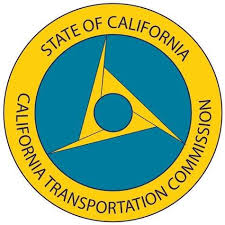
Progressive communities are relying upon municipal fiber-optic networks to thrive in the new digital world. As municipalities continue to adopt technology platforms, more emphasis is being placed on meeting the growing demands of their constituents through digital systems. Municipalities that have invested in fiber infrastructure realize the importance of these assets to their governmental operations […]

Ontario, California, a fast-growing city in the Inland Empire, leverages its growth with an ambitious fiber-to-the-home network.

Whereas, on April 28, 2017, the Governor signed Senate Bill (SB) 1 (Beall, Chapter 5 Statutes of 2017) known as the Road Repair and Accountability Act of 2017, and created the Solutions for Congested Corridors Program to fund projects that make specific performance improvements and are part of a comprehensive corridor plan designed to reduce […]

“Dig once” policies can help ensure efficiencies and reduce costs among circulation infrastructure. The underlying premiseof a “dig once” policy is to coordinate conduit construction with unrelated civil works projects, such as digging up the roadsand sewer construction, to create a usable infrastructure for future network deployment/provisioning.

With his latest proposal, Governor Newsom has placed the leverage of the state budget behind many priorities of the California Economic Summit and its regional, interconnected approach to solving the state’s complex challenges.

The US health system is unarguably overdue for a real-time, technology-driven, surveillance and reporting infrastructure to respond effectively to public health emergencies.

Multiple antenna technologies have attracted much research interest for several decades and have gradually made their way into mainstream communication systems. Two main benefits are adaptive beam-forming gains and spatial multiplexing, leading to high data rates per user and per cell, especially when large antenna arrays are adopted.
